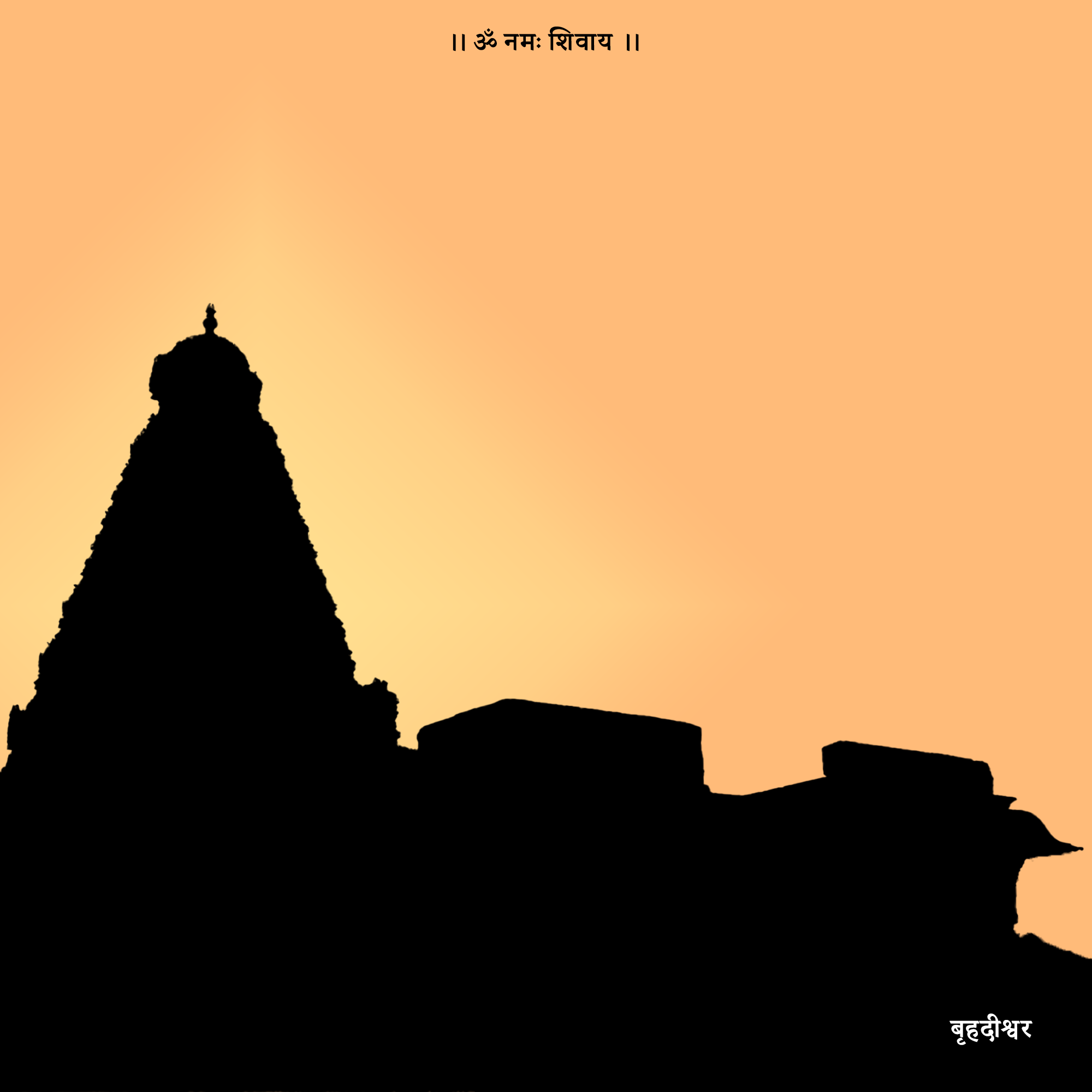In Thanjavur, Tamil Nadu, there is a Hindu temple called Brihadeeswarar Temple (Peruvudaiyar Kovil), which is devoted to Shiva. It is also referred to as Rajarajesvaram, RajaRajeswara Temple, and Periya Kovil. It is one of the biggest temples in India and a prime example of Chola-era Dravidian architecture. In 2010, the temple celebrated its 1000th anniversary. It was constructed by emperor Raja Raja Chola I and finished in 1010 AD. The temple is one of the three “Great Living Chola Temples” the other two being the Brihadeeswarar Temple, Gangaikonda Cholapuram, and Airavatesvara Temple that are recognized as UNESCO World Heritage Sites. The Brihadeeswarar Temple is described in the following principal details and details.
Brihadeeswarar Temple Location
Thanjavur, a cosmopolitan city renowned for its contributions to literature, music, and art, is home to the Brihadeeswarar Temple. The temple is a well-known landmark and a representation of the architectural and historical legacy of the city.
Table of Contents
Architecture ,History and Importance
In 1002 CE, Arulmozhivarman, also known as Rajaraja Chola I, a Tamil ruler, laid the foundation for the Brihadeeswarar Temple. It was the first of Tamil Chola’s many outstanding construction undertakings. This temple’s design is governed by axial geometry that is symmetrical. Temples from the same era and the two centuries that followed are manifestations of the wealth, artistic talent, and power of the Tamil Chola people. The advent of the then-new Chola style is indicated by the emergence of these kinds of elements, such as multifaceted columns and projecting signals of square capitals.
It is an example of Dravida temple architecture in its authentic form and a symbol of the Tamil civilization of Southern India as well as the ideology of the Chola Empire. “Testifies to Chola’s brilliant achievements in architecture, painting, bronze casting, and sculpture” is the Brihadeeswarar Temple.
Among historic buildings, the Brihadeeswarar Temple is famed for its enormous vimana (tower), which is one of the largest in the world. A large monolithic cupola known as the “Kumbam” tops the vimana. The architecture of the temple is decorated with finely carved figures, precise reliefs, and scenes from everyday life.
There are several gopurams (entry towers) in the temple complex, each with distinctive architectural features and ornamental sculptures. Exquisite carvings and sculptures adorn the gopurams.
Beautiful frescoes and paintings that reflect many elements of Hindu mythology, cosmology, and religious rites may be found on the temple’s walls. The culture and beliefs of the time are revealed through these works of art.
The Brihadeeswarar Temple is frequently known as “Periya Kovil,” which translates to “Big Temple” in Tamil. This moniker emphasizes the immensity and magnificence of the temple.
Festivals and Pilgrimage
During the Brihadeeswarar Temple Dance Festival, the temple premises come alive with cultural performances that showcase traditional arts in a beautiful setting.
An important Tamil holiday called Panguni Uthiram is observed with great zeal, bringing devotees who take part in processions and rituals.During the Tamil month of Aani, there is a unique ritual bathing known as Aani Thirumanjanam, which is celebrated with great pomp and circumstance.
Arudra Darshan is a festival celebrated with dedication that honors Lord Shiva’s cosmic dance and draws pilgrims with its intense spirituality.
Maha Shivaratri is observed with great pomp and circumstance, drawing devotees who take part in rituals and prayers throughout the night as well as watch the magnificent lighting of the Maha Deepam.
The Brihadeeswarar Temple is a significant Hindu pilgrimage site, drawing visitors from all around Tamil Nadu. The yearly Arudra Darshan festival is one of many celebrations and festivals held at the temple.
The Brihadeeswarar Temple was recognized as a UNESCO World Heritage Site in 1987 in recognition of its exceptional global value and cultural importance.
Visitation
Both devotees and tourists are welcome to visit the Brihadeeswarar Temple to receive darshan (the deity’s blessing) and to take in its magnificent artwork and architecture. Before making travel arrangements, it is advised to confirm the temple’s operating hours and regulations.
Few hours’ drive separated us from the much-heralded “Ponnambalam” (temple with golden roof) at Thillai, Chidambaram.Nearby was Thiruvarur, the most significant “Sapta Vitanka Sthalam,” which was supported by the Cholas since the era of Manuneedhi and Musukuntha Cholan.
As were many of the temples known as “paadal Petra Sthalangals,” which were the locations of Thevaram hymns (religious songs honoring the actions of Lord Shiva) sung by the Saivite saints Appar, Sundarar, Sambandhar, and Manickavasagar.
Also read about Kashi Vishwanath Temple.
